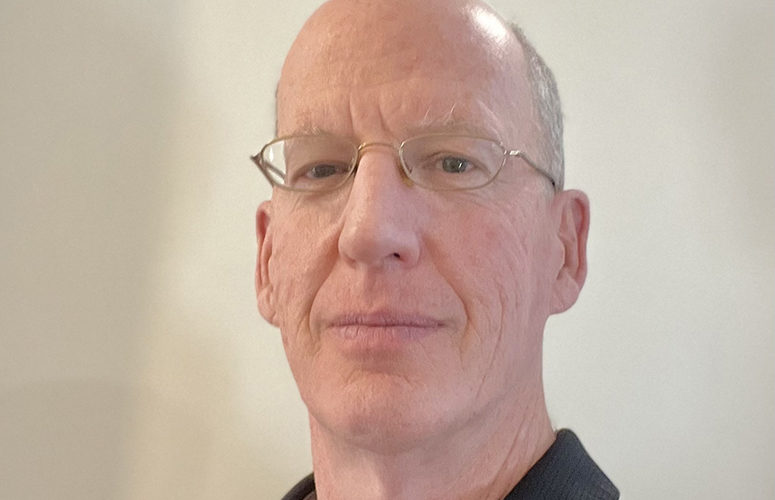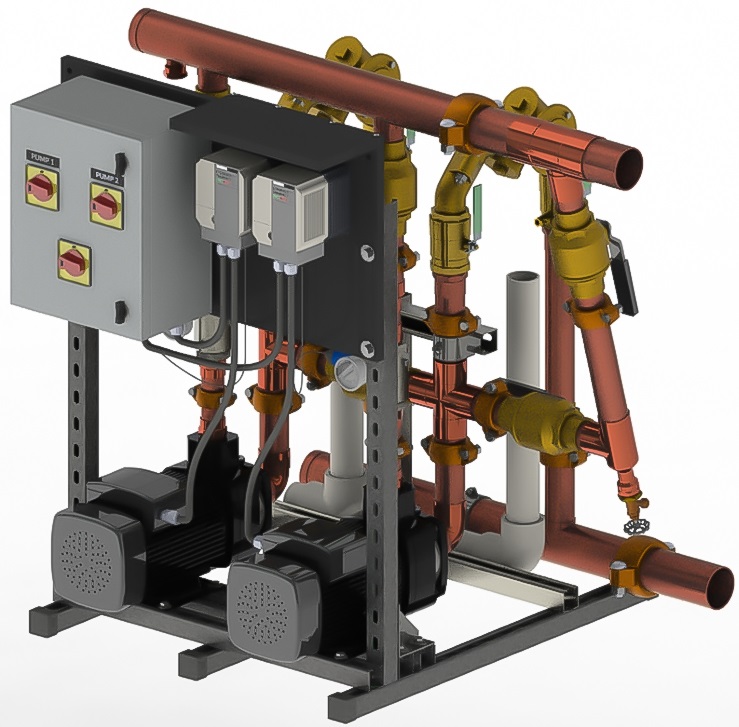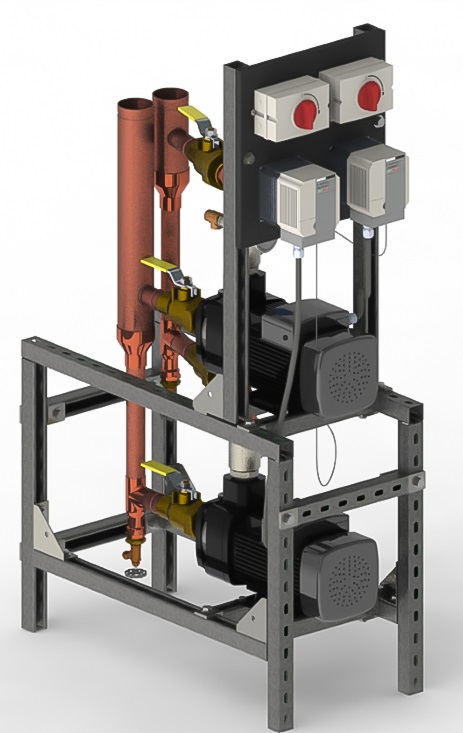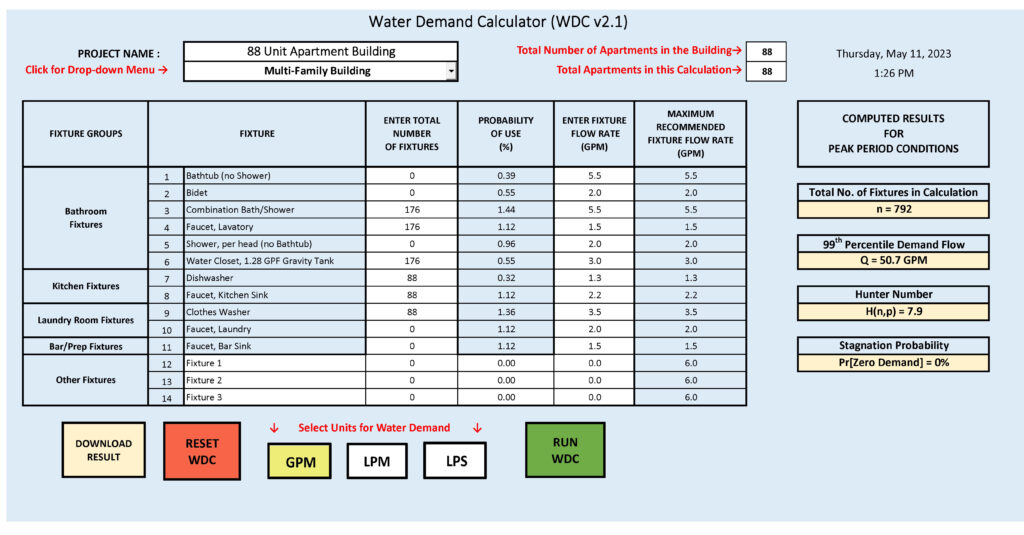“Dennis Whitelaw, owner and president of Towle Whitney, discusses how the company got its start and their booster pump systems.
PHCPPros: How was Towle Whitney established?
Whitelaw: In October 1994, Ned Towle and Dave Whitney left FEBCO, which manufactured backflow preventers, and started the Towle Whitney rep agency. They quickly started dabbling in pumps, and by the late 1990s, Towle Whitney shifted from pump control systems from constant speed to the new variable speed (VFD) systems. It was clear that VFD boosters offered improved performance, lower horsepower, long-term savings on maintenance and immediate savings on electricity. We were in the right place before the technology shifted.



PHCPPros: When did you join Towle Whitney?
Whitelaw: I had also worked at FEBCO with Ned, and we had kept in touch. In 2010, I left Davenport Associates rep agency and joined Ned. In 2018, I became president and part owner. Since joining the company, we’ve cut our manpower from 12 employees to eight, and tripled our sales; which is a result of great teamwork, working hard and working smart.
PHCPPros: When was the Compact Over/Under Booster Pump System designed?
Whitelaw: In about 2005, we had a client that needed a duplex booster pump system, but had no space. We stacked two pumps on a 16-inch by 34-inch custom frame, and the client was ecstatic. We’ve been building the same compact system ever since, mostly for hotels (See Figure 1).
PHCPPros: What was the inspiration for the GEN5 PLATFORM?
Whitelaw: At FEBCO, I managed new product development for two years, so I was deep into the details of backflow design. Fast forward 30 years, and I’m running a booster pump company, with a solid background in all aspects of backflow prevention. Backflow preventers have been historically oversized, with 3-inch (or 4-inch) reduced pressure (RP) assemblies located at the meter, typically referred to as “containment” valves. But then we thought, wouldn’t it make more sense to locate 2-inch RP backflow preventers in front of 2-inch pumps? The idea evolved into the GEN5 Platform, which includes a pump bypass, single point connection, and multiple options.
Most buildings have a single 3-inch or 4-inch backflow preventer, which takes up considerable space, and tends to be very unsanitary. The GEN5 Platform saves space, and the higher velocity through the two-inch RP’s creates a more sanitary system.
On the facility owner end there’s huge benefits. To test a single 3-inch (or 4-inch) RP backflow preventer, the building’s water supply needs to be shut. Not only is this a huge burden on the facility owner, but it’s contrary to ASHRAE 188, which discourages water service disruption (see Figure 2).


PHCPPros: Does the GEN5 improve the water quality?
Whitelaw: In most situations, yes. Compared to a 3-inch RP, the water travels faster through multiple 2-inch RPs, thus mitigating bacteria harbors that are prone to Legionella. The 188-pump bypass also can be isolated and drained, which eliminates a potential dead-leg. In addition, the pumps are programmed to alternate every 24 hours, eliminating potential water stagnation.
PHCPPros: Why is the GEN5 PLATFORM such a breakthrough?
Whitelaw: Everybody benefits — the contractor, engineer, architect and facility owner. The most popular benefit for engineers and architects is the small footprint, with a 3-HP Duplex footprint of just 29-inches wide x 34-inches deep.
The benefits for the contractor are threefold: installing a single platform saves material, reduces on-site labor, and minimizes job-site hassles.
The benefit for the facility owner is huge: The use of multiple RP’s creates a more sanitary system; the water service does not have to be interrupted for backflow testing; and the tester doesn’t need to turn off the pumps.
PHCPPros: What are your two biggest GEN5 PLATFORM successes?
Whitelaw: Oliver Mechanical contractors saved about $25,000 on a single Portsmouth, New Hampshire project. This multifamily building had two buildings, building A had to build a huge backflow prevention manifold, which was very expensive. So in building B they put in our GEN5, resulting in a $25,000 savings on the installation. It was a perfect scenario for evaluating the total installation costs.
Davishar Plumbing had no spare room left for the specified backflow preventer and pumps, so the GEN5 PLATFORM saved the day in seven mechanical rooms for this one big project. Architects are squeezing the mechanical rooms down in size; there’s no room left to put in the backflow and booster. Since the GEN5 has a small footprint, it solves most space problems.
PHCPPros: When was the GEN5 PLATFORM unveiled?
Whitelaw: We showed the first version at the 2019 Boston ASPE product show. We got great feedback, revised the design slightly, and decided to pursue a patent. In 2022, we were issued a utility patent, and we’re now in the process of finalizing a trademark. Also in 2022, we were named a finalist in the AHR Innovation Awards contest, which is a testament to the creativity of the design.
PHCPPros: What sets Towle Whitney apart from the rest of the crowd?
Whitelaw: We’re small, so we move quickly. We can make changes on the fly, which was critical during the COVID pandemic.
We also strive for great customer service. As a small company we feel it is important to be customer focused. This means you get a real person answering the phone, who can often help with system design, troubleshooting, or any questions about our products. We monitor our emails during nights and weekends to make sure you can get the necessary help at any time. We get most of our proposals out in 24 hours, and 80% of our systems ship within two weeks. It’s old school customer service; do what’s needed to take care of the client.
PHCPPros: With the supply chain issues, how can you get systems out so quickly?
Whitelaw: There’s three answers to that question: First, we anticipated the problem, so we started loading up on inventory two years ago; we literally have pallets of pumps and VFD’s in all corners of the shop.
Second, we’re creative. For example, a client may want a 7.5HP duplex, which has a four month to six-month lead time. But a similarly priced 3HP triplex also meets the performance requirements (in terms of gallons per minute (gpm) and boost), and it can go out the door in one-to-two weeks.
Lastly, we ask a lot of questions about the project. It turns out that most of the specified systems are oversized, so we can usually value engineer it with smaller, in-stock pumps.
PHCPPros: Do you ever get in trouble down-sizing the systems?
Whitelaw: Never! The new International Association of Plumbing & Mechanical Officials (IAPMO) Water Demand Calculator validates our sizing strategy for multi-family facilities (see Figure 3).


To better understand, let’s look at an 88 unit, two-bath, apartment building. Using a standard IPC sizing method, approximately 140 gpm is needed for peak usage. But the Water Demand Calculator calculations require only a 51-gpm demand flow. That’s a huge difference, which results in specifying a 2HP system, instead of a 5HP system. When challenged, we have even written performance guarantees for our clients.
PHCPPros: How has inflation impacted your business?
Whitelaw: Some of our costs for pumps and valves have doubled in the last two years. So, it’s a double whammy; prices are through the roof, and lead times are four-to-six months. To slow down our price increases, we’ve been tweaking our system designs, resulting in lower material costs and shorter build times. In light of this, our team has managed to boost our 2022 sales 40%, which we attribute 20% to inflation.
PHCPPros: Looking forward, what’s the rest of 2023 look like?
Whitelaw: Great question; I’m not sure. We’ve got lots of loyal contractors and specifying engineers, so we’ll just need to persevere through this bumpy economy.”
